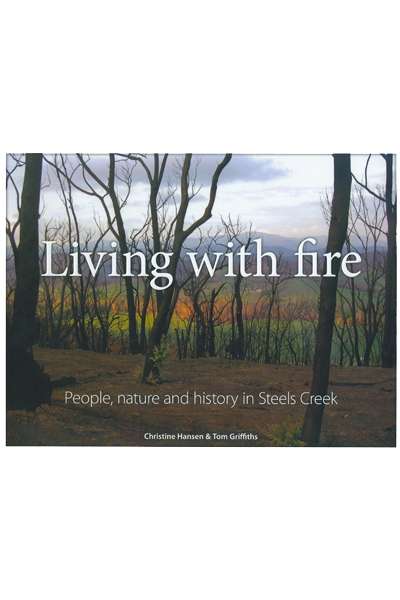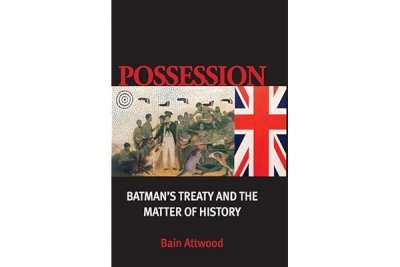As I write this article in my Adelaide Hills home, surrounded by native eucalypts and introduced fruit trees, large areas in New South Wales are dealing with the consequences of some of the worst bushfires in recorded history. Remarkably, given the unseasonally extreme weather, the rugged terrain, and the ferocity of the fires themselves, there have been few human casualties. Nevertheless, the cost will be enormous, not only in terms of the physical reconstruction required, but also of the effort required for individuals and families to rebuild lives from the ruins of their destroyed habitations. I live in a bushfire-prone area, in a house that could not be easily defended in the inferno of a firestorm. We have made our plans. We think we know what to do in the face of the fire emergency we hope will never eventuate. But how would we cope in such a situation? In practice, we have no idea.
...
(read more)





